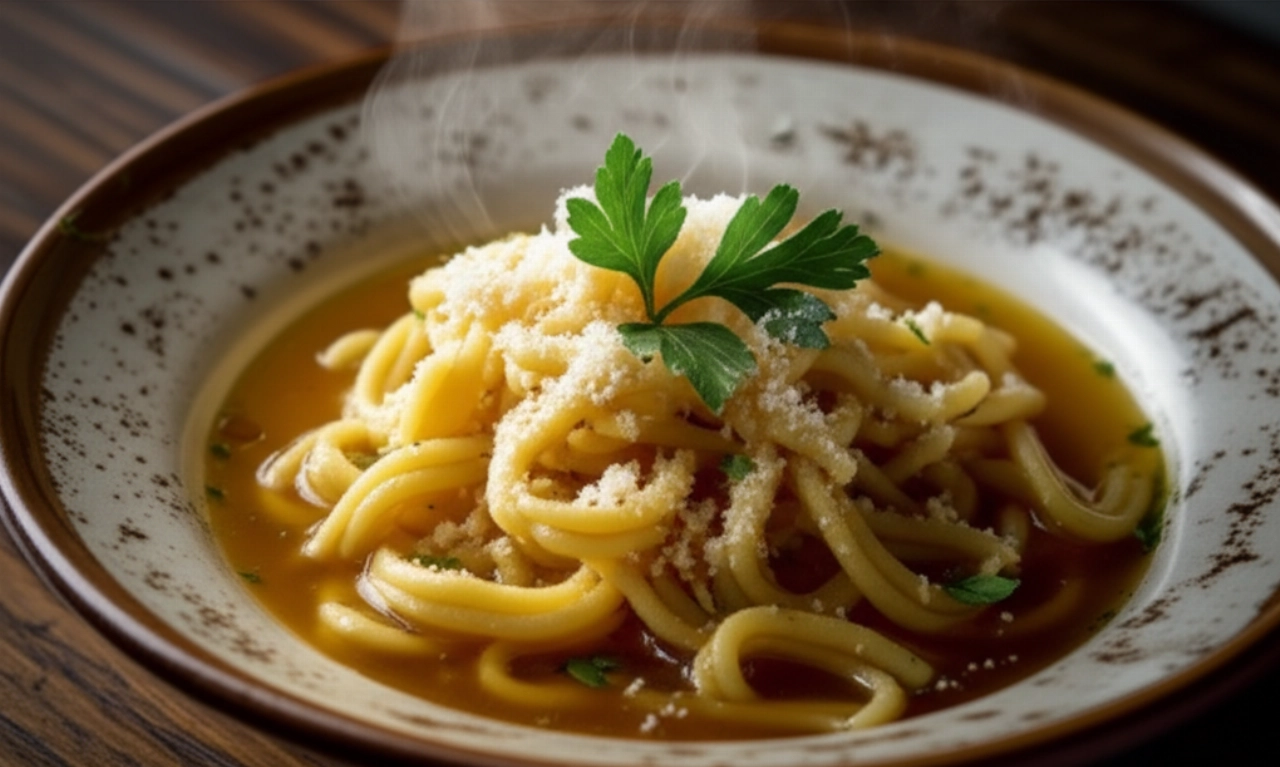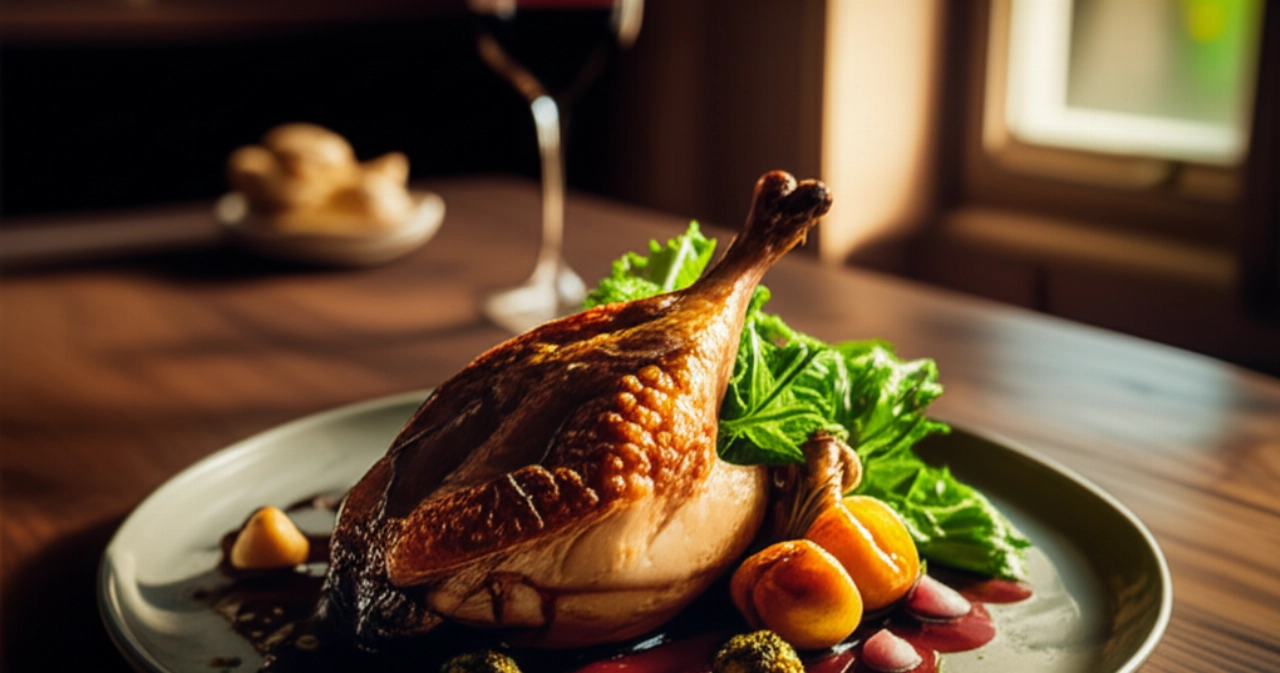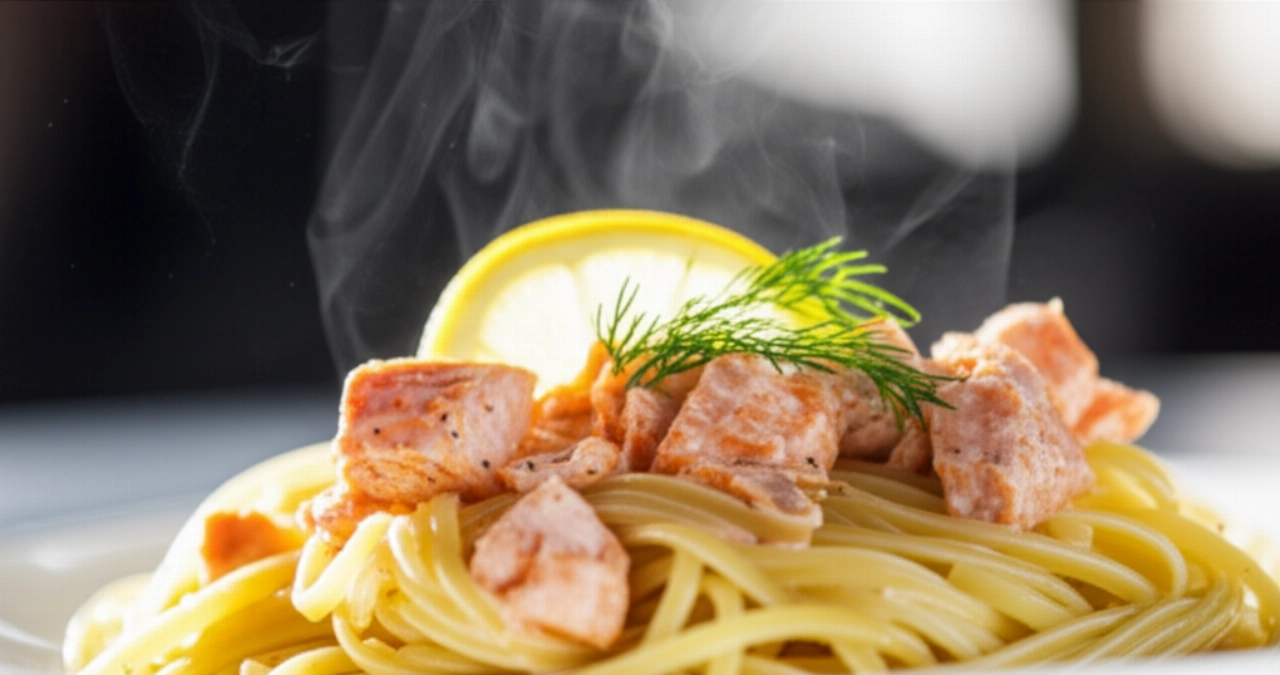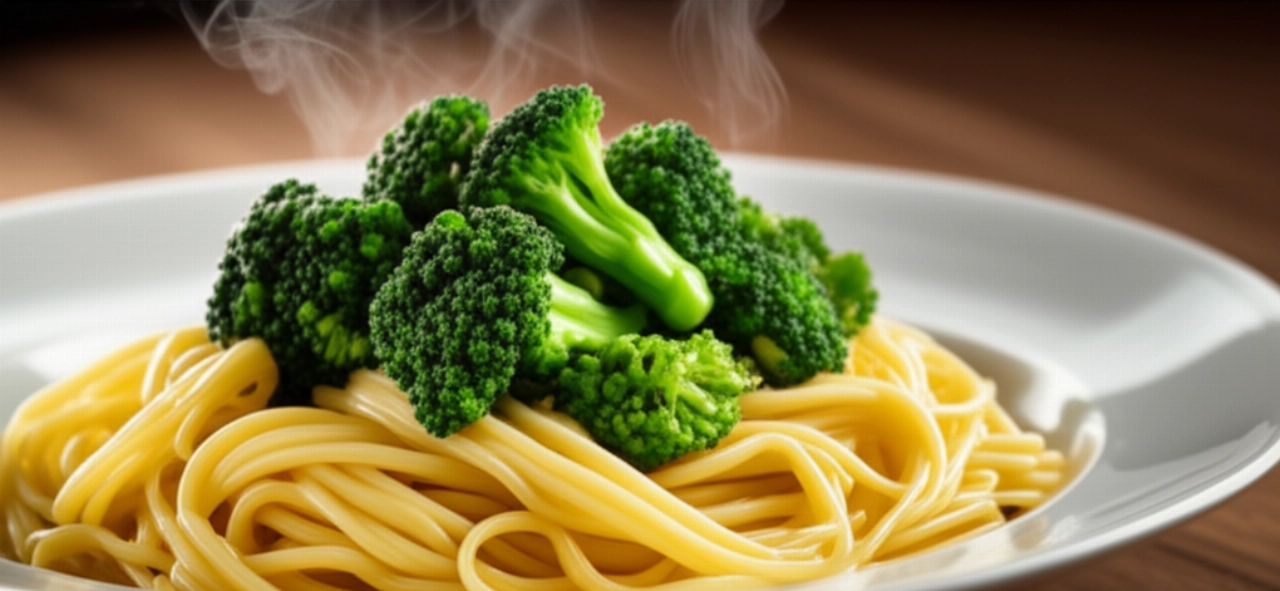Dreaming of bringing a dish to the table that tastes like home, hugs, and family Sundays, just like true Romagnoli Passatelli in Brodo? That enveloping aroma that fills the kitchen, the soft texture that melts in your mouth, and the unmistakable taste of tradition.
But perhaps you're afraid they'll fall apart, become hard, or that the broth won't be right. Finding the authentic recipe, one that guarantees success and makes you feel like a true home chef, can seem like a challenge. How many times have you tried, and the result wasn't quite what you hoped for? The frustration of wasting precious time and ingredients is something we know well.
Make yourself comfortable. Here on Search Recipes, you won't just find a list of ingredients, but the definitive guide, full of tricks and practical tips, to prepare the best and most perfect Passatelli in Brodo you've ever tasted. I'll guide you step by step to get soft passatelli that hold their shape, and how to prepare the rich and clear broth that enhances them, just like Nonna used to make. Success is guaranteed, word from a guardian of Italian cuisine!
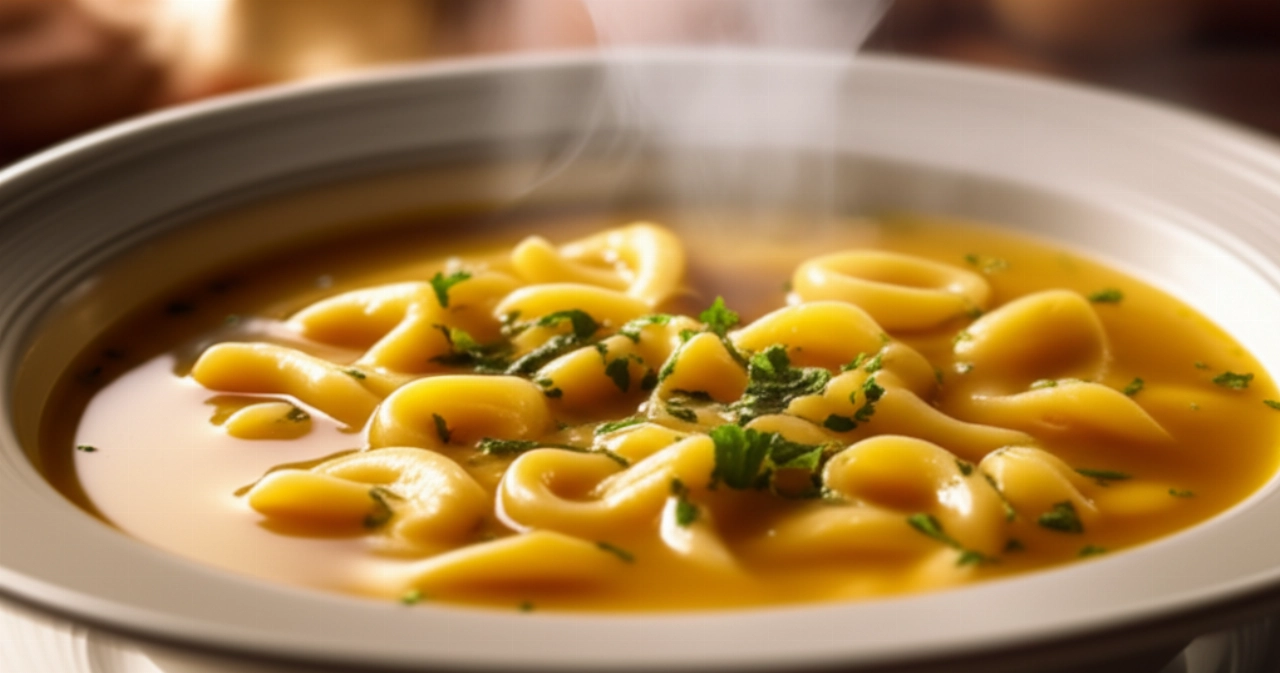
Ingredients for Perfect Passatelli: The Choice That Makes the Difference
The magic of passatelli begins with the ingredients. It's not just about quantity, but about quality and the reason behind each choice. Here's what you'll need for a result that will make everyone exclaim “Wow!”:
- Stale bread (crumbs): About 200 g. Do not use fresh bread! Stale bread, finely grated, is essential because it absorbs moisture and gives the dough the right structure, preventing the passatelli from falling apart in the broth. If you don't have it, you can lightly toast fresh bread and then grate it.
- Parmigiano Reggiano PDO (aged at least 24 months): 200 g. Don't settle for just any cheese! Well-aged Parmigiano Reggiano is the flavorful heart of passatelli. It adds savoriness, aroma, and contributes to the texture.
- Large fresh eggs: 3 whole. Eggs bind all the ingredients and provide softness. Their freshness is crucial for a compact and workable dough.
- Nutmeg: A generous pinch. This is the aromatic touch that elevates the dish. Don't overdo it, but don't be afraid to use it: its aroma pairs divinely with Parmigiano.
- Lemon zest (untreated): Half a lemon. A secret of many Romagnoli grandmothers! Finely grated zest (only the yellow part, mind you!) adds a fresh, citrusy note that balances the richness of the cheese and nutmeg.
- Meat broth (or mixed): About 2 liters. This is the other pillar of the dish. A flavorful broth, perhaps prepared with beef, chicken, and vegetables, is essential. It must be hot and well-filtered to receive the passatelli. Discover our recipe for a perfect meat broth here.

The 3 Mistakes That Make Passatelli Hard or Fall Apart (and How to Avoid Them)
Preparing passatelli is a simple art, but there are pitfalls that can compromise the final result. Don't worry, I'm here to reveal the tricks to avoid them!
- Wrong proportions: The balance between bread, cheese, and eggs is fundamental. Too much bread can make the passatelli hard or gummy, too much cheese can make them fall apart. Carefully follow the doses I've given you: they are the result of years of experience and guarantee the perfect consistency.
- Overworking the dough: Once the ingredients are combined, the dough should be worked just enough until it is homogeneous and compact. Overworking it develops the gluten in the bread, making the passatelli elastic and less melt-in-your-mouth. You should obtain a soft but not sticky dough.
- Cooking in non-boiling or insufficient broth: Passatelli should be dropped into a vigorously simmering broth. If the broth is lukewarm or not enough, they will absorb too much liquid and fall apart. Also, make sure there is enough broth to cook them in a single layer, without overlapping.
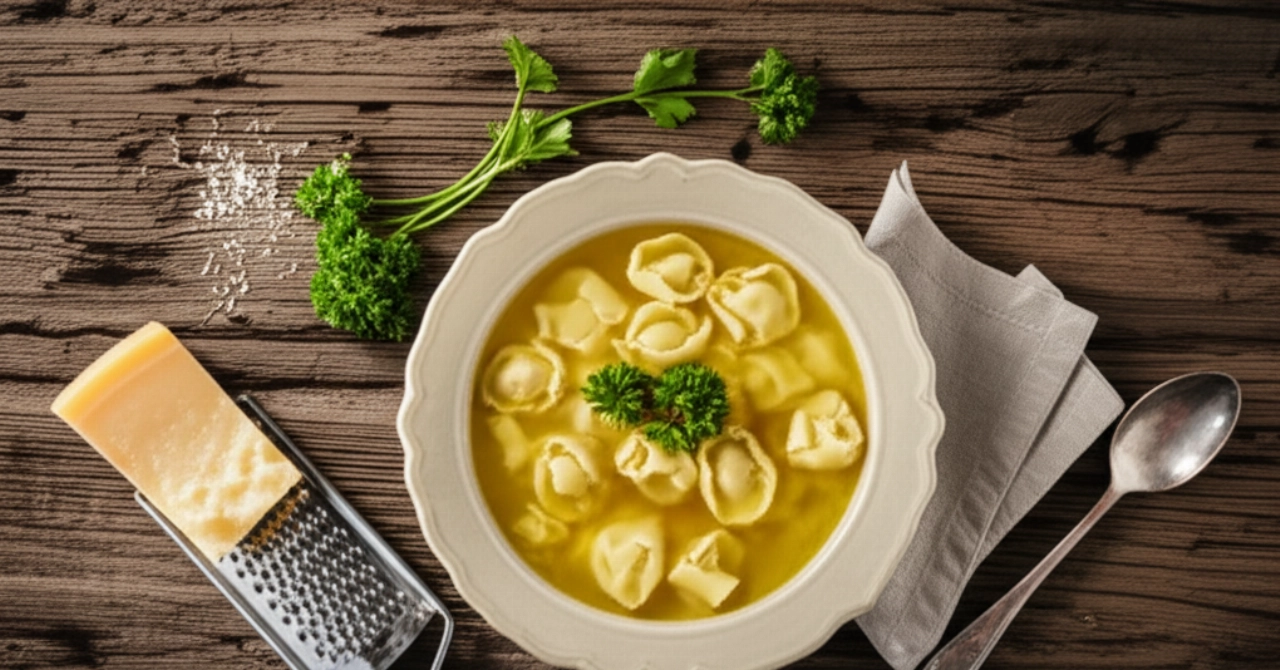
The Extra Touch: The Advice My Grandmother Passed Down to Me
My grandmother, a true Romagnoli cooking master, always told me: "Passatelli are not just ingredients, they are a gesture of love. And the secret is in the hand." And she was right. Besides the perfect proportions, there's a trick that makes all the difference:
When preparing the dough, don't rush. Once all the ingredients are mixed, let the dough rest for at least 30 minutes, covered with plastic wrap, at room temperature. This allows the bread to fully hydrate and the cheese to release its aromas, making the dough more homogeneous, soft, and easy to work with. And then, the real secret: to form the passatelli, always use a potato ricer with large holes (the one for potato gnocchi, to be clear) or the specific "passatelli iron." The constant and uniform pressure is what creates their characteristic shape and ideal consistency.
Let's Prepare Passatelli in Brodo Together: The Step-by-Step Guide
Now that you know all the secrets, it's time to get your hands dirty. Follow these steps and success will be guaranteed!
Phase 1: Preparing the Dough
- Grate the bread: Take the stale bread and grate it finely until you get fine crumbs.
- Prepare the aromatics: In a large bowl, combine the grated bread with the grated Parmigiano Reggiano, a generous pinch of nutmeg, and the grated zest of half a lemon. Mix well to combine the dry ingredients.
- Add the eggs: Make a well in the center of the dry mixture and crack the 3 whole eggs into it.
- Knead carefully: Begin incorporating the dry ingredients into the eggs with a fork, then continue with your hands. Work the dough gently but firmly, until you get a homogeneous, soft but not sticky ball. If the dough turns out too soft, you can add a teaspoon of breadcrumbs; if too hard, a drop of cold broth.
- Let it rest: Cover the dough with plastic wrap and let it rest at room temperature for at least 30 minutes. This step is crucial for the final consistency.
Phase 2: Forming and Cooking the Passatelli
- Prepare the broth: Meanwhile, bring the meat broth to a boil in a large pot. It should be vigorously simmering when you go to cook the passatelli.
- Form the passatelli: Take small portions of dough and insert them into the potato ricer with large holes (or the passatelli iron). Press firmly directly over the pot of boiling broth, cutting the passatelli with a knife or the edge of the ricer to the desired length (about 3-4 cm).
- Cook and serve: Passatelli cook very quickly. As soon as they float to the surface (it will take 1-2 minutes at most), they are ready. Gently collect them with a slotted spoon and serve them immediately in the hot broth, perhaps with an extra sprinkle of Parmigiano Reggiano.
Tips and Frequently Asked Questions about Passatelli in Brodo
Here are some of the most common questions I get asked about passatelli. I hope they help you!
Can I use vegetable broth instead of meat broth?
Certainly! If you prefer a vegetarian version, you can use a good vegetable broth. The flavor will be different, less intense and traditional, but still delicious. Make sure it's well-seasoned to enhance the passatelli.
How do I prevent them from falling apart during cooking?
The secret lies in the balance of the dough (not too soft, not too hard) and the temperature of the broth. Make sure the broth is very hot and simmering when you immerse them. Also, don't overwork the dough and let it rest.
Can I prepare the dough in advance?
Yes, you can prepare the dough a few hours in advance and store it in the refrigerator, well wrapped in plastic film. Before using it, let it return to room temperature for about 15-20 minutes to make it more workable.
What is the best cheese to use?
Aged Parmigiano Reggiano PDO is the ideal choice for its intense flavor and its ability to bind. You can also add a small percentage of Pecorino Romano for a more decisive note, but Parmigiano must be the base.
Can I freeze passatelli?
Yes, you can freeze raw passatelli. Arrange them on a tray well spaced apart and put them in the freezer. Once frozen, transfer them to a food bag. When you want to cook them, drop them directly into boiling broth from frozen, without thawing, and cook them until they float to the surface.
A Flavorful Embrace: Your Passatelli are Ready!
There you have it! Now you no longer just have a recipe, but all the secrets to bring a dish to the table that smells of home, tradition, and love. Your Passatelli in Brodo will be a true triumph of flavor and texture, a warm embrace that will win everyone over.
Don't be afraid to experiment and make this recipe your own. Cooking is an act of creativity and generosity. But start with this solid base, and you'll see that applause won't be lacking. You'll be the modern nonna, the trusted chef of your family!
Have you tried our recipe? We're very curious to know how it went! Leave a comment below, tell us about your experience, or share a photo on Instagram by tagging @CercaRicette.it. If you loved this first course, don't miss our recipe for Perfect Meat Broth or for another Emilian-Romagnol classic like Homemade Tagliatelle with Bolognese Sauce. Enjoy your meal!
